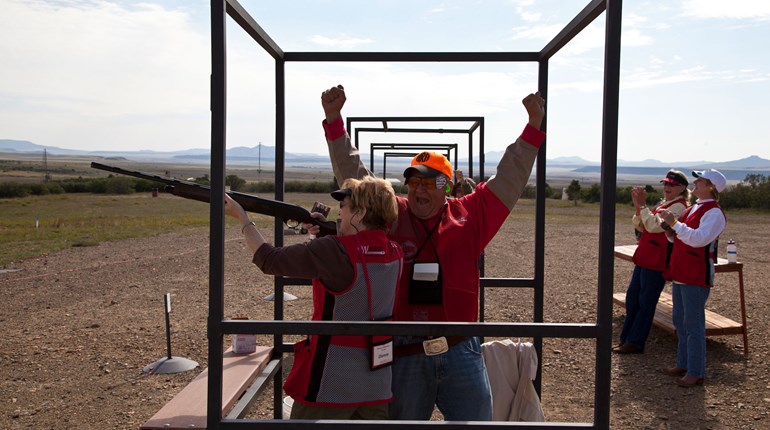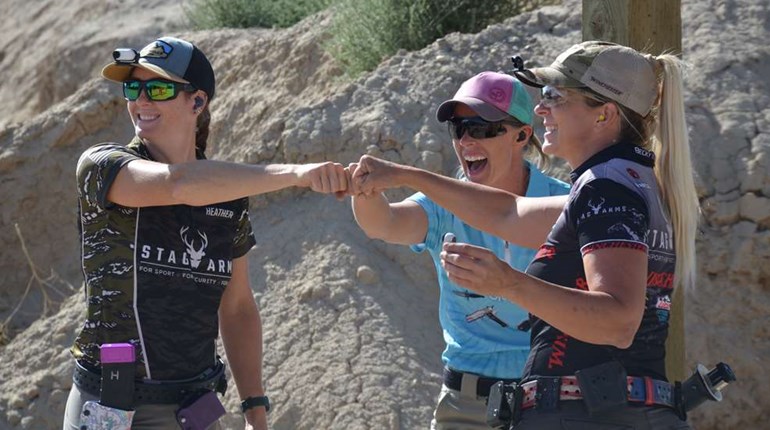
Even Siberia has a summer.
Unpredictable and wild, yes, but it has a summer, and of course its brevity and beauty make it all the more precious to the Siberians who experience it for a few weeks a year. August 10, 1993 was such a Siberian summer day in every sense: The Soviet Union was collapsing and the Cold War was over. A group of kayakers was joyfully negotiating a stream in the Khamar Daban mountains. As they rounded a bend, though, winter came howling back into the world: There stood a young woman, covered in blood, her empty-eyed stare desperately screaming questions that still have no answers. The kayakers had discovered 17-year-old Valentina “Valya” Utochenko, the lone survivor of what became known as the Khamar Daban Incident.
In Siberia, even summer has secrets.
One of the eeriest aspects of the Khamar Daban Incident is how it echoes another famous Siberian mystery: What happened at the Dyatlov Pass? Last year, we detailed the deeply creepy enigma of the nine Russians who met their ends in January 1959. There are lots of theories about how those in this group died, ranging from exposure, to radiation, to KGB skullduggery, to simple hypothermia; the only survivor had quit the journey long before things went bad for the Dyatlov Nine, and couldn’t say. At Khamar Daban 34 years later, someone did live to tell the tale. What little she could or would say may hold the keys to unlocking the Dyatlov mystery … but nobody knows for sure, not even poor Valya.
Eight days earlier, on August 2, Valya joined a group of seven hikers for a long backcountry adventure. Neither she nor anyone else in the group had reason for worry; they were being led by 41-year-old Lyudmila Korovina, an expert hiking instructor. She was joined by close family friend and protégé Sacha Krysin, a 23-year-old who had been raised in the outdoors. The rest of the hiking party was made up by 24-year-old Tatyana Filipenko, 19-year-old Denis Shvachkin, 17-year-old Valya, 16-year-old Viktoriya Zalesova and 15-year-old Timur Bapanov. The younger hikers had all been Lyudmila’s students, and they had learned from the best.
In fact, the one and only critique that her fellow instructors had was that Lyudmila could be a bit too much of a “survivalist,” taking students through techniques and routes that could be more easily achieved otherwise. Therein may lie a clue as to how Lyudmila and five of her students died—or maybe not.
Summer can be savage in Siberia.
Lyudmila’s daughter Natalia, herself an experienced outdoorswoman and instructor, wasn’t worried when her mother’s party didn’t meet her as planned on August 5. It snows in Siberia in the summer, especially in the mountains, and it had done so the previous evening. Natalia simply assumed that her mother had been held up by the weather—again, not a particular cause for concern among the hardy Siberian hikers—and pressed on.
Natalia was both right and wrong: Lyudmila’s party had indeed elected to stop for the night when the heavy rain turned to sleet and snow. However, instead of seeking the cover that was in very easy hiking distance, Lyudmila had inexplicably allowed her hikers to set up in an exposed spot. (Just like the Dyatlov Nine did.) It was a rookie error, extremely out of keeping with Lyudmila’s outdoor acumen.
We know some of what happened next because, some time after she was found, teenage Valya was able to reveal her perception of the events that took place. As the group began trying to make their way down the snowy mountain on the morning of August 5, they heard the desperate screams of 23-year-old Sacha. When they turned to him, they saw to their horror that he was bleeding from the eyes, nose and mouth. Within moments, he was dead.
Lyudmila had, by all accounts, thought of Sacha as a son. She responded like a mother, not a survivalist. On some level, she must have known that she might be running to her death when she ran to Sacha’s aid, because what she called over her shoulder to the rest of her party was to run the other way—down the mountain. However, just a few minutes later, she herself began calling desperately for help. Her hiking party obeyed, and this may be what doomed them.
Here is what Valya said happened next: “Denis began to hide behind the rocks and run away, Tatiana was banging her head against the stones, Victoria and Timur probably went mad.” In their frenzy, the hikers tore at their clothes, ripping them off, then falling to the ground in convulsions. What’s more, Valya claimed, when she tried to help Victoria, the girl bit her.
Siberian snow hides secrets.
One of the aspects of the Dyatlov Pass Incident that most haunts investigators is the savagery of the incident. From Thess’ article: “…the frozen bodies revealed mysterious, car-crash-like injuries. Two men had fractured skulls; many had broken ribs, and one had a crushed chest; some suffered internal bleeding. One man sustained bruises consistent with hand-to-hand combat. Other graphic and unexplained injuries also instigated questions from the investigators.” Were the Dyatlov hikers victims of the same mysterious frenzy that struck at Khamar Daban?
The parallels continue. The victims of Dyatlov were found in various states of undress, as were the victims of Khamar Daban. It’s counterintuitive, but it’s actually fairly common for victims of hypothermia to remove their clothing while they’re in the final stages of the illness. It’s called “paradoxical undressing,” and it has often tricked investigators into mistaking the natural death of hypothermia for murder. So it was perfectly logical to assume that the Dyatlov Pass victims were found naked because they died of hypothermia, and had paradoxically undressed themselves. That assumption may have been incorrect. Why? Because Valya—when she was able to speak—saw the victims of Khamar Daban taking off their clothes while they were plenty warm.
Some secrets are still under that snow.
It was nearly a month before law enforcement was able to retrieve what remained of the victims of Khamar Daban. During that time, the elements and wildlife had been active … but authorities did perform autopsies on the hikers’ remains. Again, there were more questions raised by the autopsies than there were answers.
All six victims showed signs that hypothermia had played a role in their deaths. All six showed signs of a protein deficiency, which is unusual given that they had all eaten well on their trip. One, Lyudmila, appeared to have died from cardiac arrest.
What Valya described—the rapid onset of symptoms and the virulence of them—could be explained by only a few things. The most obvious would be some sort of chemical agent designed for use in war. (The year 1993 did see a lot of weapons of mass destruction “disappearing” from the stores of the former Soviet Union.) Did the hikers accidentally uncover a cache of poison gas left over from the Cold War?
Another potential explanation is drug-related. Lyudmila and her proteges were all dedicated mushroom hunters, and they may have accidentally consumed poisonous fungi. It’s possible that some of the horror Valya reported wasn’t true—not because she was consciously lying, but because she had been hallucinating. It is certainly the case that since her initial report to Siberian law enforcement, she has never spoken of the incident publicly again. Maybe some secrets should stay under that snow, as close to absolute zero as human history gets.















































